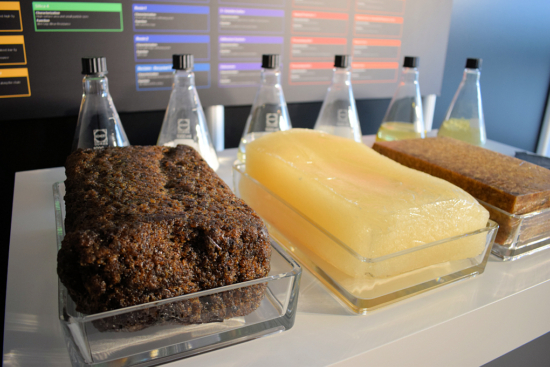German rubber industry facing an “existential” Q4 2022
 Prices for raw materials have risen, and this – along with increasing energy and transportation costs – is burdening Germany’s rubber sector (Photo: Tyrepress / Stephen Goodchild)
Prices for raw materials have risen, and this – along with increasing energy and transportation costs – is burdening Germany’s rubber sector (Photo: Tyrepress / Stephen Goodchild)
German rubber industry association wdk is “sounding the alarm” as massive increases in the cost of energy, raw materials and logistics take their toll upon companies within the industry, draining their liquidity and straining earnings. The wdk warns of impending insolvencies, a concretisation of relocation plans and job cuts.
According to wdk chief economist Michael Berthel, the combination of a wider economic recession, declining demand for rubber products and a continued rise in energy prices is putting the German rubber industry in a situation in which it will struggle to survive. Berthel backs this assertion with concrete figures.
“According to calculations by the wdk, the manufacturing-relevant costs in the main product groups of rubber articles have increased by more than 60 per cent since 2019,” he states. “This contrasts with a sales increase of only 1.0 per cent in the first half of 2022 – with sales volume roughly at the previous year’s level.” This discrepancy leaves the wdk in no doubt that companies within the sector will have to bear most additional costs themselves – a situation it believes “cannot be sustained for much longer.”
A speedy solution is needed
The German rubber manufacturers association thus demands a speedy solution to the current gas and electricity price crisis as well as prompt and perceptible relief for all industrial enterprises affected by the cost explosion.
“All in all, the rubber industry in Germany is shrinking,” continues Berthel. “Both domestic production and the number of employees declined in the first half of 2022. Political aid and the framework (for this) must enable – right now – Germany’s industry to be maintained at its domestic location.”
Tyre deliveries below planned volumes
Turnover within Germany’s rubber sector increased to a total of 5.25 billion euros in the first half of 2022. Domestic business generated 1.1 per cent more turnover at 3.34 billion, while export turnover remained below two billion euros and developed only moderately at 0.8 per cent.
Berthel points out, however, that deliveries by automotive suppliers – including tyres and technical products – continue to be significantly below planned volumes. Demand from German vehicle manufacturers is persistently low: “In addition to supply bottlenecks, with vehicle production limited due to semiconductors and the Ukraine war, the strong inflation-driven increase in car prices is reducing demand. Just recently, industry association VDA (the German Association of the Automotive Industry) adjusted its current year demand forecast for a third time and below the previous year’s level.”
The wdk chief economist also observes that low new registrations, reduced mileages driven, and inflation-related buying restraint are additionally burdening the replacement tyre business. Sales volumes are still significantly below pre-2020 levels.
Demand in the non-automotive sector, which covers industrial supplies, construction components, consumer products, was less affected in the first half of 2022. This has led to increased sales and revenues for companies operating within this sector. But Berthel warns that business expectations are now deteriorating, and the order situation is weakening.
Forecasts impossible
His outlook is correspondingly pessimistic, and the wdk chief economist says that due to the overlapping crises of the Covid pandemic, supply chain problems and tensions with Russia, it is currently impossible to make concrete forecasts about the industry’s economic development. “What is certain, however, is that the German rubber industry faces an existential final quarter in 2022 and an extremely difficult business year in 2023.”

 Hamaton/ATEQ
Hamaton/ATEQ


Comments